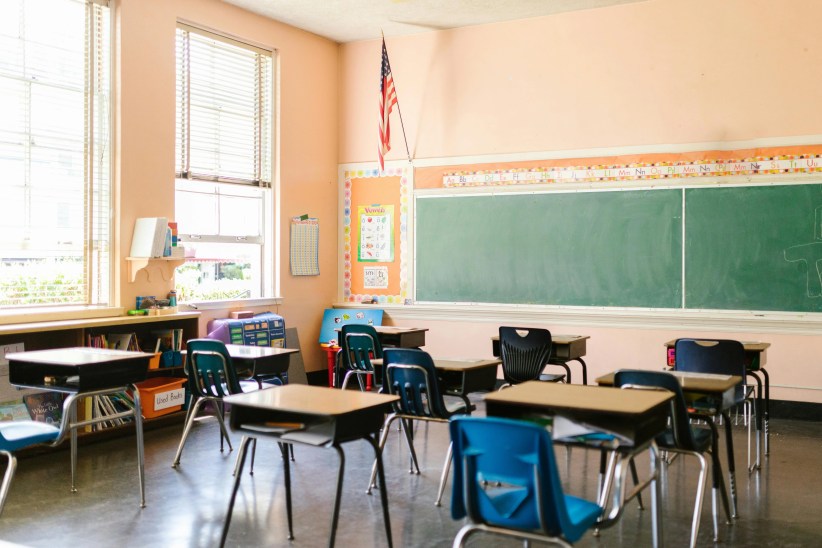During the 2015-2016 school year, more than half of all teachers in Brooklyn were white, while white students account for less than 18% of the student body in any of the five boroughs. These statistics come from Educators for Excellence–New York, an educator-led advocacy group that is pushing Mayor Bill de Blasio and Schools Chancellor Richard Carranza to diversify the teacher population in the city so students can see leaders that look like them at the front of the classroom every day. On the state level, Educators for Excellence has asked the State Education Department to double the funding for My Brother’s Keeper Teacher Opportunity Corps, a state grant program that partners with teacher preparation programs to recruit, train, and support teachers of color entering the profession. The doubled funding would jump to $7 million.
The advocacy group also wants the state to release a crucial report on classroom diversity that was supposed to be published in June. It has not yet. Without understanding current statistics, prospective teaching candidates are less likely to make informed decisions, says Paula White, the Executive Director of Educators for Excellence–New York. The advocacy group spoke to the Brooklyn Eagle in a longer piece on this issue.
Working with teachers of color helps students of color in many ways. According to the Learning Policy Institute, students perform 3 to 6 percentile points higher on reading and math tests when they study with teachers of color. Students are positively impacted in and outside of the classroom.
“Growing up as a white student in a majority white school, I had few role models and teachers of color. I lacked the experience learning from and building relationships with people that have different backgrounds than me,” Claire Skotnes, a teacher at Bushwick Leaders High School for Academic Excellence, told the Brooklyn Eagle.
“Today, I teach at a high school that is working to diversify its staff and ensure that our almost entirely minority student body sees itself in the staff standing in front of them every day. You can already feel the impact that having leaders of color in the front of the classroom has on students in student discipline, school culture and academics.”
On June 10, de Blasio and Carranza embraced 62 recommendations on diversity from the city’s School Diversity Advisory Group. Only six recommendations focused on the teachers who will be role models for the city’s students. Nathaniel Styer, the managing director of external affairs at EFE–NY, says that the embrace is a good first step–but there is still more to be done.
“What we need is state-wide investment,” Styer told the Eagle. “That is why our educators are calling on the legislature in Albany to make a budgetary investment.”
For White, it’s vital that New York in particular takes a stance and takes steps to increase teacher diversity in a tangible way.
“This is the largest public school system in the country, so we have to be very bold when it comes to what we want to do [to increase diversity],” she told the Eagle. “Or else the numbers will trickle upward.”
Main Image: Data provided by The Education Trust-New York for 2015 to 2016. Image courtesy of Educators for Excellence-New York, courtesy of the Brooklyn Eagle























